
Tritium concentration: below the lower limit
ーMeasurement of Tritium from Fishー
-The Fisheries Agency announces results every day-
We will deliver a summary from the Nihon Keizai Shimbun article.
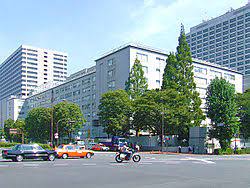
Japan Fisheries Agency:
On August 26, fish were collected in the waters around the Tokyo Electric Power Company Fukushima Daiichi Nuclear Power Station.
The concentration of tritium was below the lower limit of detection.
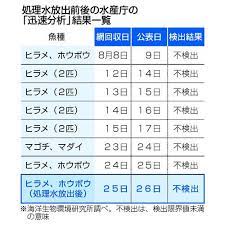
Publish daily results:
This is the first inspection since the release of treated water from the nuclear power plant into the ocean on August 24.
Every day, we will measure the tritium concentration in two samples and publish it by the day after next.
The specimens this time are flounder and gurnard.
A net was installed at a point 5 km from the Fukushima Daiichi Nuclear Power Plant. The fish were collected in the early morning of the 25th.
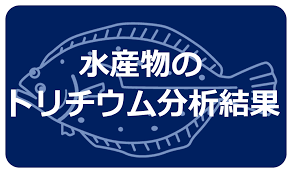
Fisheries Agency homepage:
Allow comparison of data before and after release.
The results of the analysis have been published since August 9th.
Published in Japanese and English on the Fisheries Agency website.
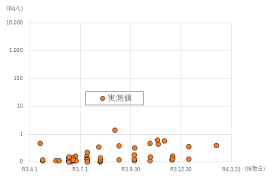
Fisheries Agency’s “precise analysis”
At the same time, the Fisheries Agency also adopted a method called “precision analysis.”
I am investigating marine products off the coast of Chiba Prefecture from Hokkaido.
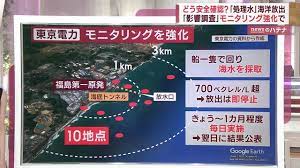
TEPCO survey results:
On the 26th, the results of the seawater survey were announced.
On the 25th, seawater was sampled at 10 locations within 3 kilometers of the nuclear power plant.
Concentrations of tritium remained below the detection limit at all points following 24 days.
https://www.nikkei.com/article/DGXZQOUA252AP0V20C23A8000000/
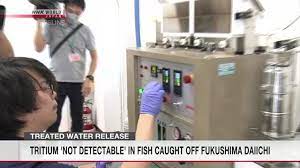
Tritium ‘not detectable’ in fish caught off Fukushima nuclear plant
Summary from NHK WORLD-JAPAN News.
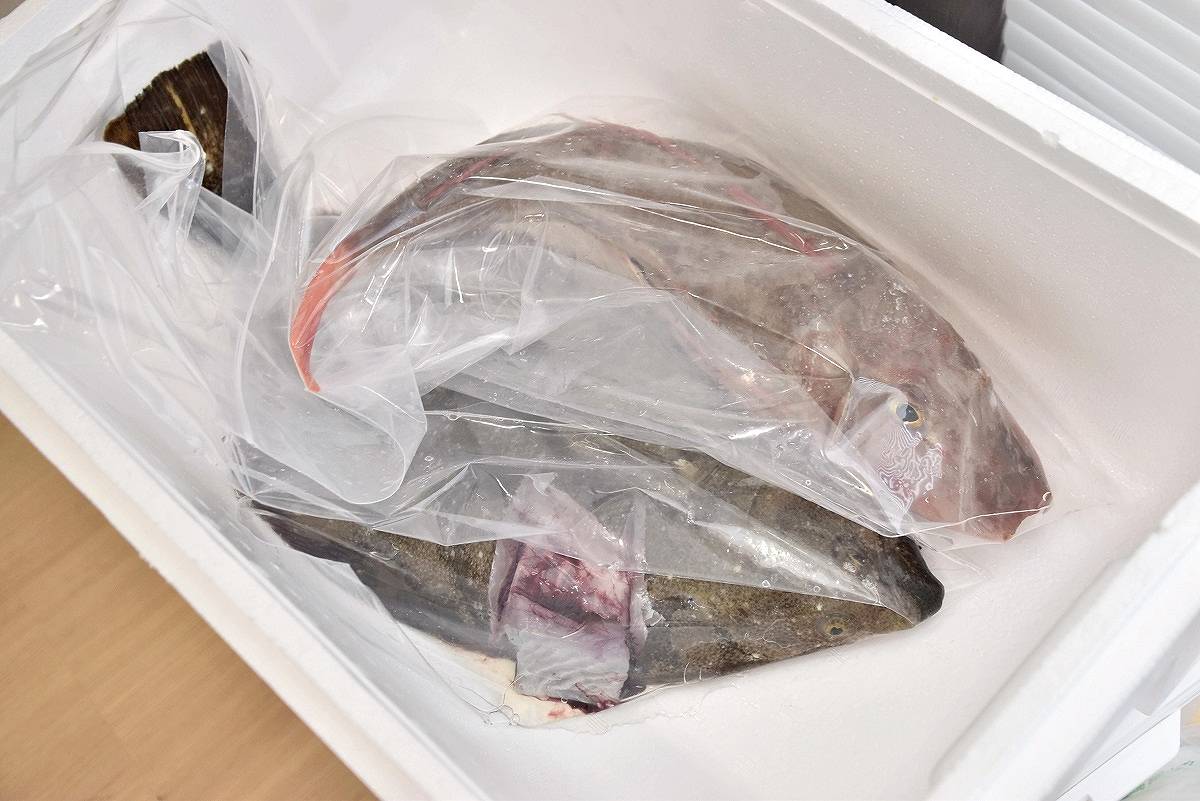
Japan’s Fisheries Agency
the levels of tritium in fish caught off the damaged Fukushima Daiichi nuclear power plant
were too low to be detected.
The agency has been conducting regular monitoring of radioactive materials in fishery products from Fukushima and neighboring prefectures since the accident at the plant.

Publish the results:
On Saturday published its first analysis results,
after examining an olive flounder and a gurnard caught the previous day.
The results show:
the tritium levels in the fish were “not detectable,”
as they were less than around 10 becquerels per kilogram
the minimum level the government says is detectable in the testing.
Safety of Japan’s marine products:
The agency also plans to analyze fish caught in a wider area
in an effort to prove the safety of Japan’s marine products.
Diluting the treated water:
The operator is diluting the treated water
to reduce tritium levels to about one-seventh of the World Health Organization’s guidelines for drinking water.
https://www3.nhk.or.jp/nhkworld/en/news/20230826_14/